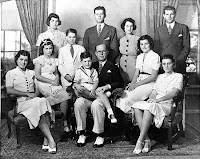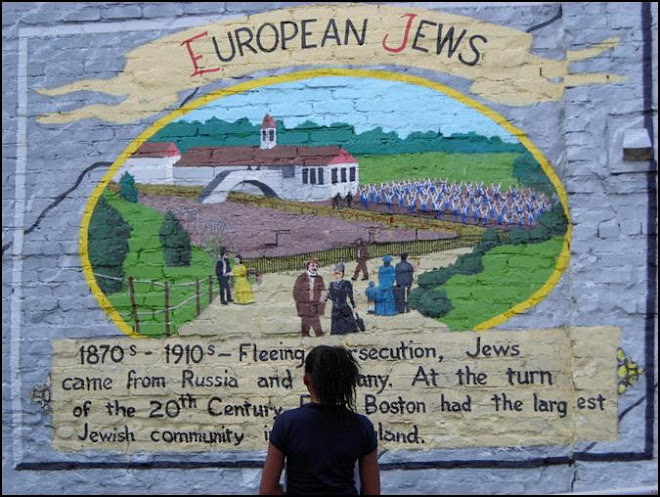
A chaotic couple of weeks as students get to work in earnest on their projects for the launch of the East Boston Historical Society January 28th! Nine students have joined the board of directors including the fab fellas shown here (for some reason the girls refused to be photographed but we're working in it...)






The Directors' first order of business: deciding what to wear to the opening of their historical society. School uniforms? Street clothes? Glad rags? The gentlemen voted for suits, and the ladies vowed to make sure they kept their promise to look nice ("I'm going to kick your %$#! if you show up with baggy sweats!" vowed one of the girls.) Recent field trips: students have visited the USS Constitution Museum, had a VIP tour of the USS Constitution itself, and checked out the the city's archeology lab to meet city archeologist Ellen Berkland. Meanwhile excitement in Ms. Mele's class: students are working with a fab Charlestown startup, People Using Technology, Inc. (www.peopleoperatingtechnology.com) to create an app for the iPhone based on the Revolutionary War-era Battle of Chelsea Creek. The East Boston Historical Society will have a digitial dimension...NEXT UP: the winners of the East Boston Historical Society LOGO CONTEST.




